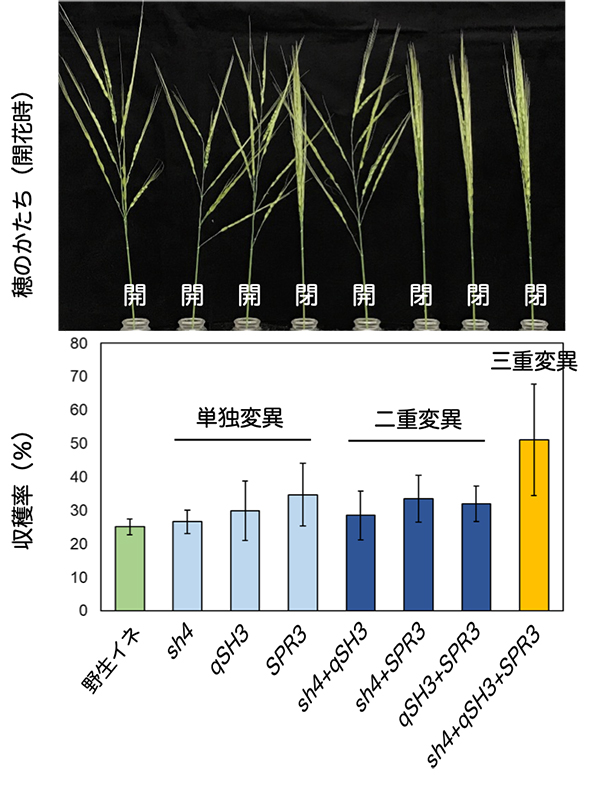2022-06-23 ローレンスバークレー国立研究所(LBNL)

Single filament of Ca. Thiomargarita magnifica (Credit: Jean-Marie Volland)
多くの細菌は、DNAを細胞の細胞質内に自由に浮遊させています。この新種の細菌は、DNAをより組織的に保持している。「このプロジェクトの大きな驚きは、細胞全体に広がっているこれらのゲノムのコピーが、実は膜を持つ構造体の中に含まれていることに気づいたことです。これは、バクテリアにとっては、非常に意外なことです。」と、Vollandは語っています。
この細菌は、一般の細菌の3倍もの遺伝子を持ち、数十万ものゲノムコピー(倍数体)が細胞全体に広がっています。
Vollandらは、マングローブの沼地を採取して、複雑な膜組織と予測される生活環を持つ、異常に大きな硫黄酸化細菌を発見した。著者らは、さまざまな顕微鏡技術を使って、DNAとリボソームが膜の中に区分けされた高度に倍数性の細胞を観察した。Candidatus Thiomargarita magnificaと名付けられたこの細菌の単細胞は、細く管状ではあるが、長さは1センチメートル以上にも及んでいた。
<関連情報>
- https://newscenter.lbl.gov/2022/06/23/giant-bacteria-found-in-guadeloupe-mangroves-challenge-traditional-concepts/
- https://www.science.org/doi/10.1126/science.abb3634
代謝活性の高い膜結合型小器官にDNAが含まれる、体長1cmの細菌。 A centimeter-long bacterium with DNA contained in metabolically active, membrane-bound organelles
Jean-Marie Volland,Silvina Gonzalez-Rizzo,Olivier Gros,Tomáš Tyml ,Natalia Ivanova ,Frederik Schulz ,Danielle Goudeau ,Nathalie H. Elisabeth ,Nandita Nath,Daniel Udwary ,Rex R. Malmstrom ,Chantal Guidi-Rontani,Susanne Bolte-Kluge ,Karen M. Davies,Maïtena R. Jean,Jean-Louis Mansot,Nigel J. Mouncey ,Esther R. Angert ,Tanja Woyke,Shailesh V. Date
Science Published:23 Jun 2022
DOI: 10.1126/science.abb3634
A magnificent megabacterium
Abstract
Cells of most bacterial species are around 2 micrometers in length, with some of the largest specimens reaching 750 micrometers. Using fluorescence, x-ray, and electron microscopy in conjunction with genome sequencing, we characterized Candidatus (Ca.) Thiomargarita magnifica, a bacterium that has an average cell length greater than 9000 micrometers and is visible to the naked eye. These cells grow orders of magnitude over theoretical limits for bacterial cell size, display unprecedented polyploidy of more than half a million copies of a very large genome, and undergo a dimorphic life cycle with asymmetric segregation of chromosomes into daughter cells. These features, along with compartmentalization of genomic material and ribosomes in translationally active organelles bound by bioenergetic membranes, indicate gain of complexity in the Thiomargarita lineage and challenge traditional concepts of bacterial cells.


